How to eat seasonally in June, by Tom Parker Bowles
Tom Parker Bowles sings the praises of everything from gooseberries to globe artichokes as he looks at how to eat seasonally in June.
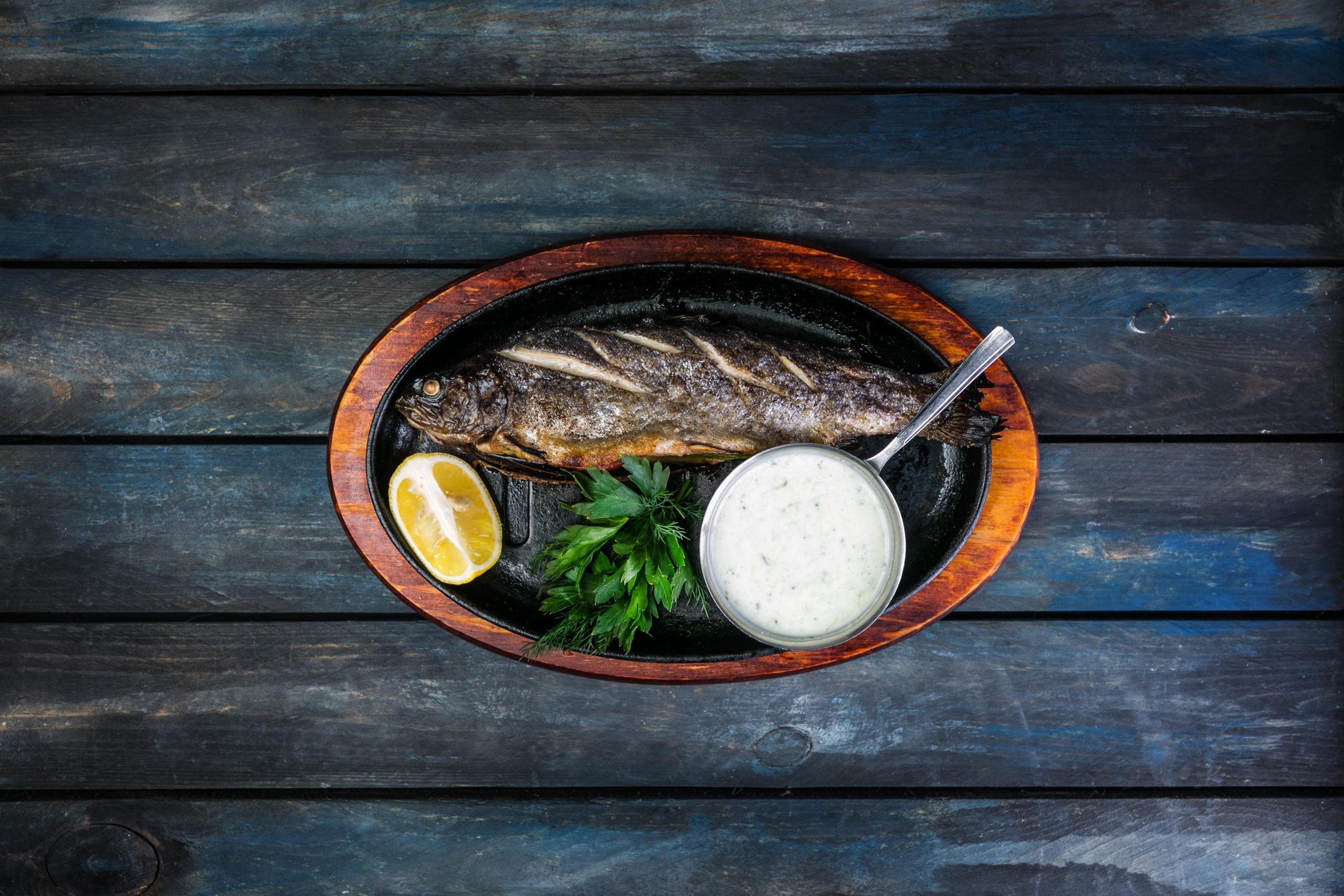

‘June, the month of months,’ sighs Christina Rossetti in Summer. ‘Flowers and fruitage brings too;/When green trees spread shadiest boughs,/When each wild bird sings too.’ Because this month really is the gateway to summer, a time when the kitchen garden is filled with abundance, the air abuzz with bees and heavy with the scent of bloom.
A walk is always a civilised pursuit, but made all the better when in search of something to eat. Those elders, so glum and skeletal in winter, are now exploding into flower, wonderful white sprays just ripe for the picking. At their very best on a dry, hot day, preferably away from the roar and filth of traffic, cut the clusters whole.
Give them a good shake to remove any feasting bugs, but do avoid washing them, as this will remove most of their fine fragrance. Mine go into a bucket, together with sugar, citric acid, water and the juice and rind of one lemon. Leave for 24 hours, then strain through muslin into sterilised bottles. They also make rather good fritters, dipped in a tempura batter and fried in shimmering oil.
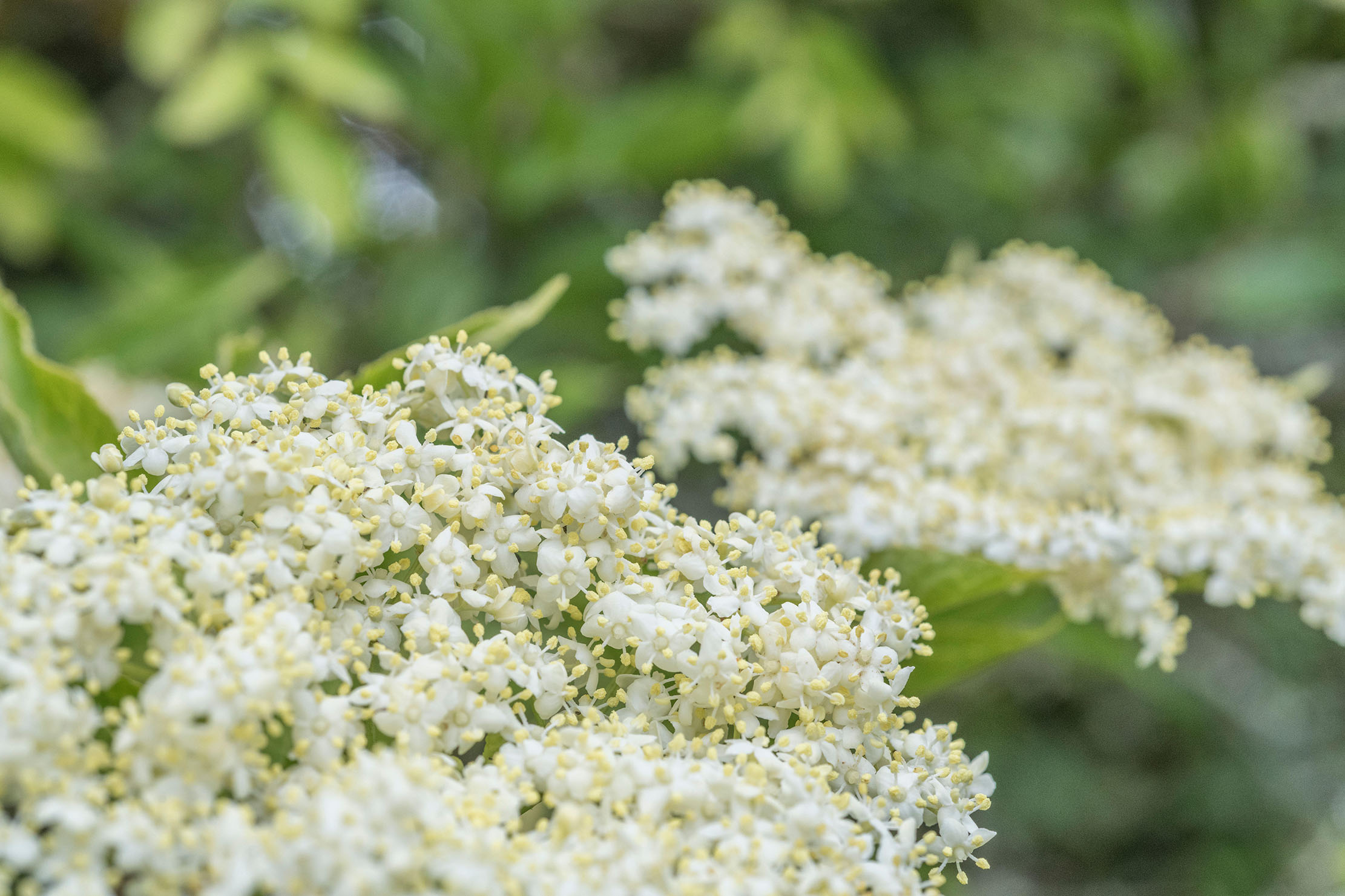
Gooseberries, sharp and hairy, are at their peak now, eaten raw with a happy grimace, set in jelly, turned into a tart or made into a sauce that cuts a swathe through the richness of oily fish. The first small, green gooseberries are the best, as I find they lose their bite as they turn red. E. S. Dallas, in Kettner’s Book of the Table, advises scalding the raw berries ‘with a very little water till all of the fruit breaks. Too much water will spoil them’. And he is very firm on the subject of sieving. ‘Passing them through a sieve or colander spoils them. The fine natural flavour which resides in the skin no art can replace.’ I hope he’d approve of my gooseberry-fool recipe (below).
Wild or alpine strawberries are here, too, intensely sweet and happy growing among the cracks in the paving. There are countless recipes, but, like peas, raspberries and broad beans, they rarely make it more than 3ft or so from the plant. The temptation to eat them immediately is overwhelming.
Down in the kitchen garden, it’s all going off — a rabbit’s paradise and a cook’s, too. Carrots, cucumber, rocket, lettuce, runner beans, beetroot, courgettes and Swiss chard are all ready to eat, each perfectly suited to the mid-year warmth. There are few things more satisfying or delicious than a vast salad, made from produce picked mere moments before.
What's in season in June?
Apricots; artichoke (globe); asparagus; aubergine; basil; beetroot; broccoli; carrots; cherries; chervil; chives; coriander; courgettes; crab; dill; elderflower; fennel; French beans; gooseberries; Jersey royals; lettuce and salad leaves; nasturtium; new potatoes; onions; peas; radishes; rocket; runner beans; sardines; sorrel; spinach; spring onions; scallops (queen); sea trout; squid; strawberries; tomatoes; watercress
Globe artichokes — for me, one of the garden greats — are exactly right now, being plump and heavy, without actually going over. I simply steam them, then undress them, dipping each leaf into a punchy vinaigrette, before cutting out the choke with a spoon and savouring that fiercely guarded heart.
Sign up for the Country Life Newsletter
Exquisite houses, the beauty of Nature, and how to get the most from your life, straight to your inbox.
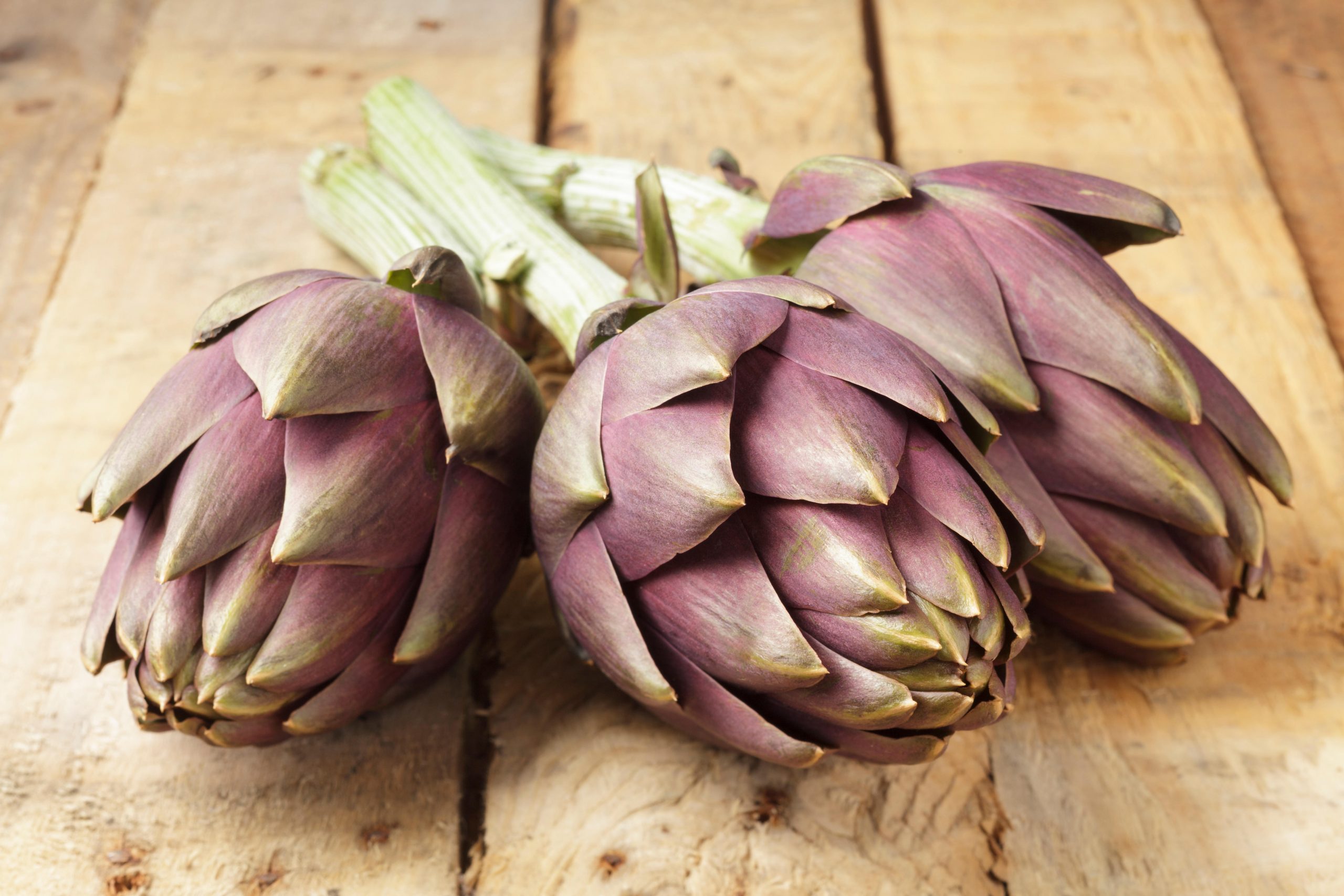
Sea trout swims into season, too, the flesh firm, sweet and far superior to the flabby, ecologically ruinous farmed salmon. I’ve eaten them caught from coracles on the Rivers Severn and Wye; they can be cooked whole, stuffed with herbs and wrapped in foil. That way, all those juices stay in and the fish remains succulent. I tend to cure the fillets in a mixture of fish sauce, fresh chillies and lime juice for a few hours. Then, slice thinly and eat as a starter. Brown trout — although we’re well into its season — is also a markedly superior fish, perhaps the king of the freshwater. I far prefer it to the rather more easily available rainbow and remember my mother baking it, wrapped in newspaper.
One great Alsatian dish is truite au bleu. The fish must be killed moments before being gutted, then gently poached in a vinegar-heavy court bouillon. The slime on the skin reacts with the acid to turn the fish a mild blue. I once ate this on a Hampshire riverbank, mere feet from the gin-clear Test. At my side, a glass of flinty white, cooled in its waters. As fine a June feast as I can ever remember.
Recipe: Gooseberry fool
I hope you’ll forgive me for using my own recipe, but there’s nothing silly about this particular fool. It’s one of those recipes that is as simple as it is satisfy-ing. The crushed ginger biscuits add a rich crunch and that extra whack of King’s Ginger provides a subtle kick. Do not sieve the cooked gooseberries, as the skin contains much of that lovely, sharp flavour.
Ingredients
Serves 6
- 500g gooseberries, topped and tailed
- 4 heaped tbspn caster sugar
- 350ml double cream
- 150g ginger biscuits, crushed
- About 125ml King’s Ginger liqueur or Stone’s Original Green Ginger Wine
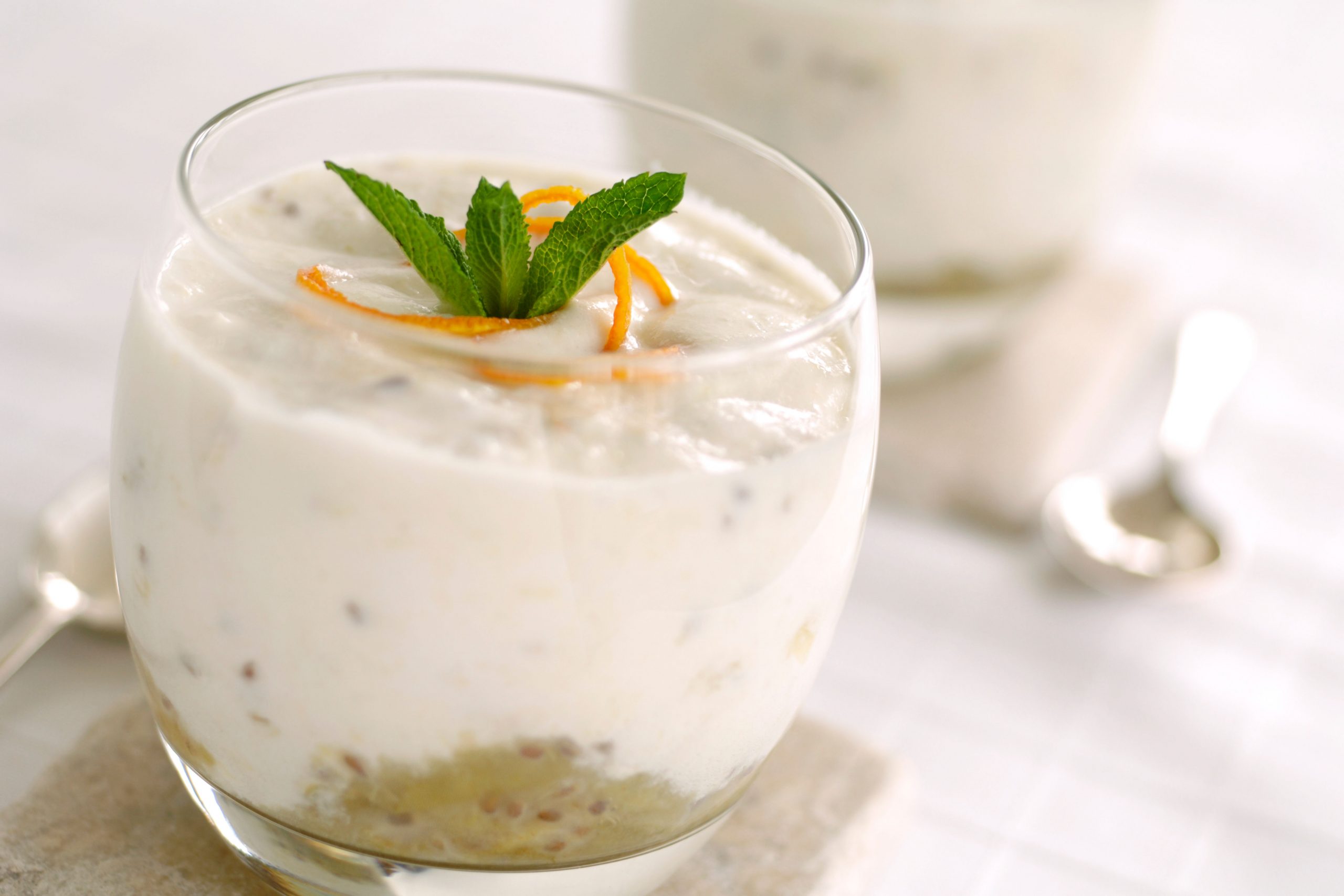
Method
Put the gooseberries in a pan with the sugar and a couple of tablespoons of water. Bring to the boil and simmer gently until the skins start to burst, cool, then chill for an hour in the fridge. The fruit, that is, not you.
Whip the cream until it forms soft peaks — not too firm — and fold in the cold gooseberry mixture.
Put a layer of crushed biscuits into six wine glasses, then splash with the ginger booze. Spoon the fool on top.
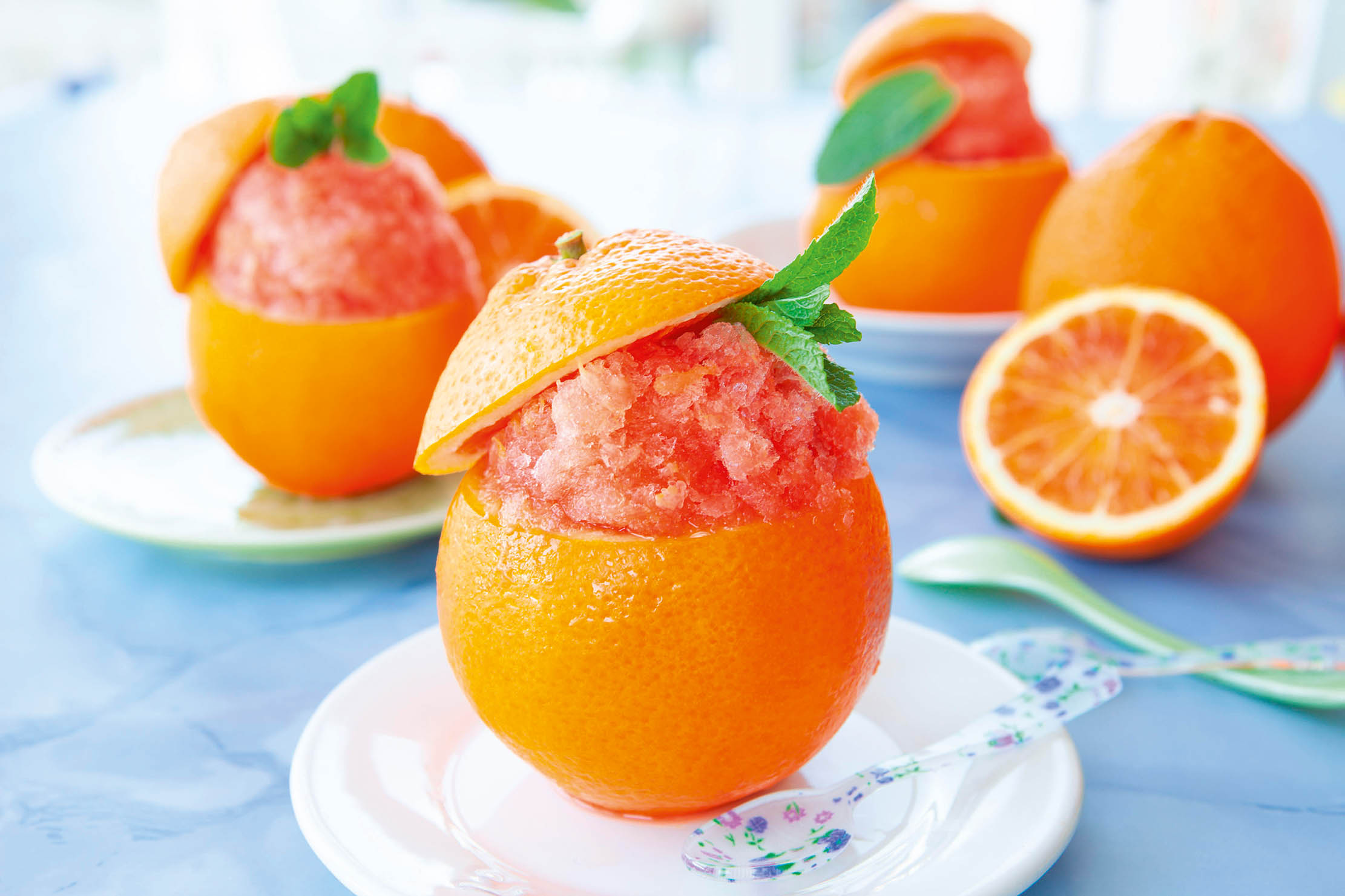
How to eat seasonally in January
Throughout the year, Tom Parker Bowles will be sharing his advice on how to eat seasonlly, month-by-month. We kick things
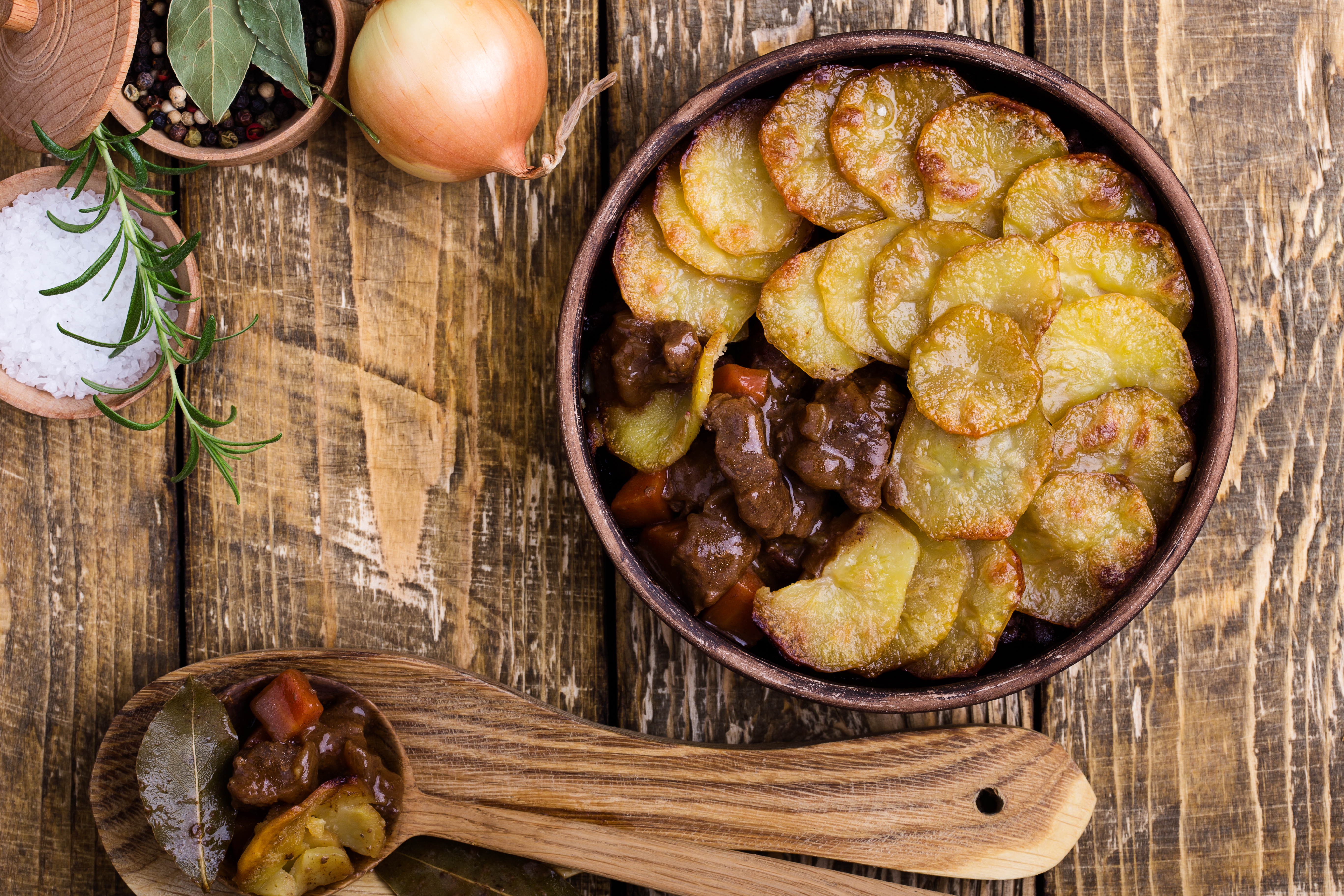
How to eat seasonally in February, by Tom Parker Bowles
February may be grim, but it’s never, ever dull says Tom Parker Bowles — especially if you know what to
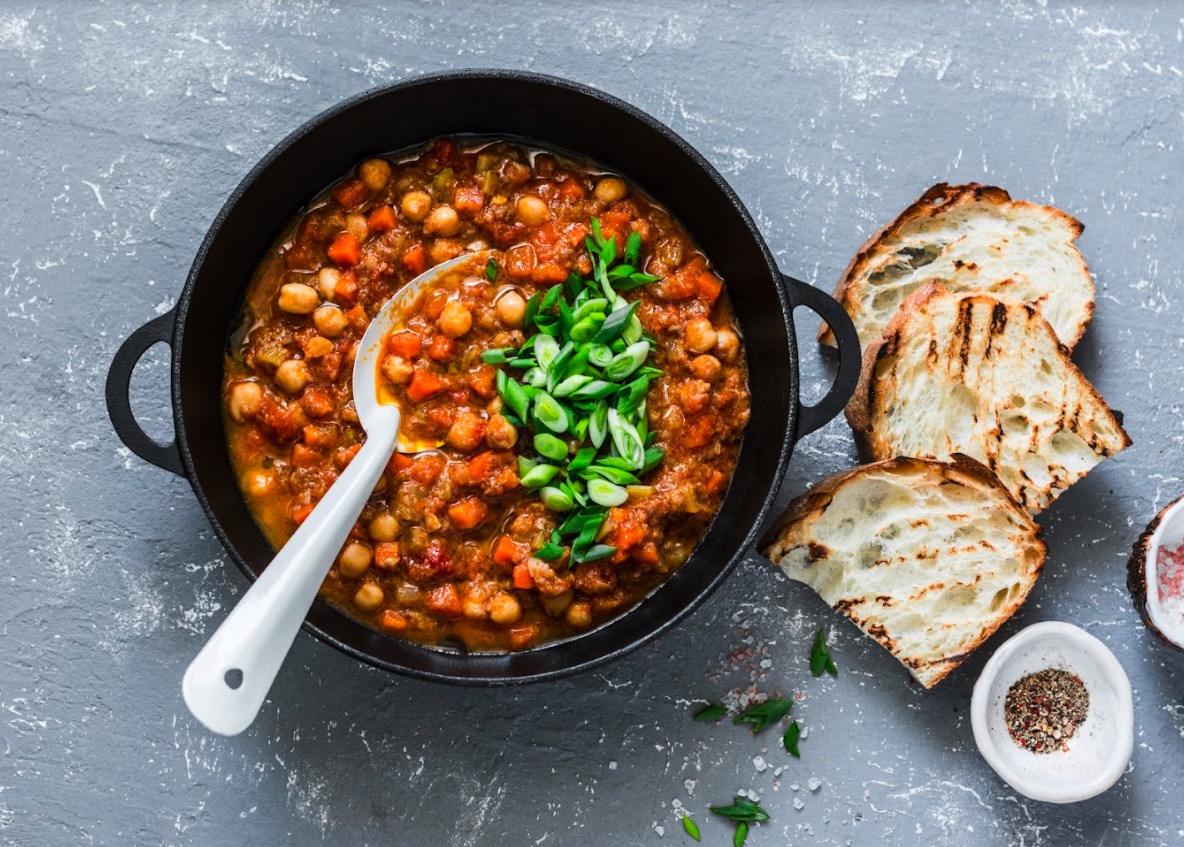
Credit: Getty
How to eat seasonally in March: Tom Parker Bowles shares tips and recipes
Eating seasonally in March is a real treat, as Tom Parker Bowles explains.
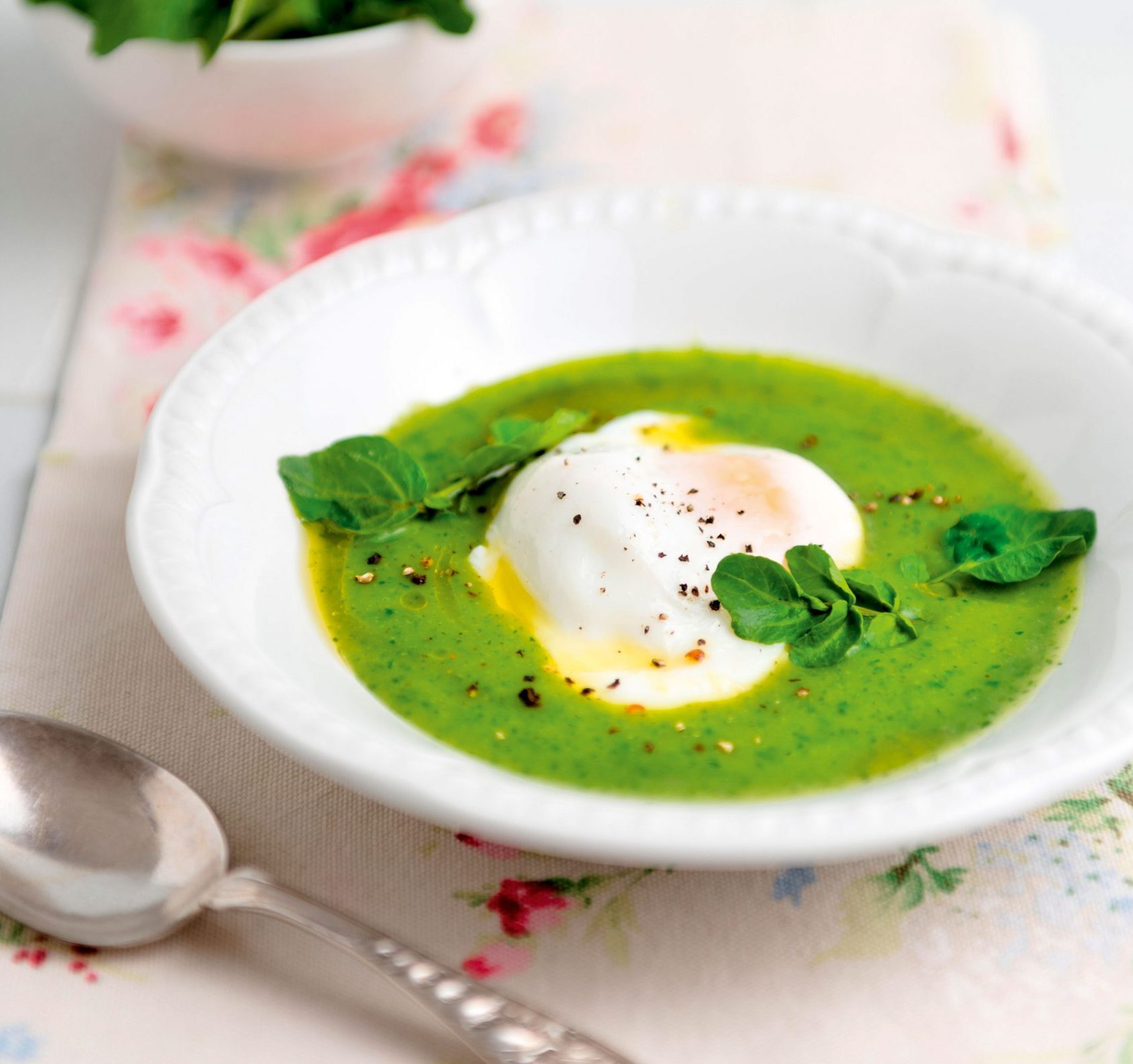
Credit: Alamy
How to eat seasonally in April, from lamb and Jersey Royals to 'one of the true glories of the British year'
Tom Parker Bowles shares his advice for seasonal eating in April.
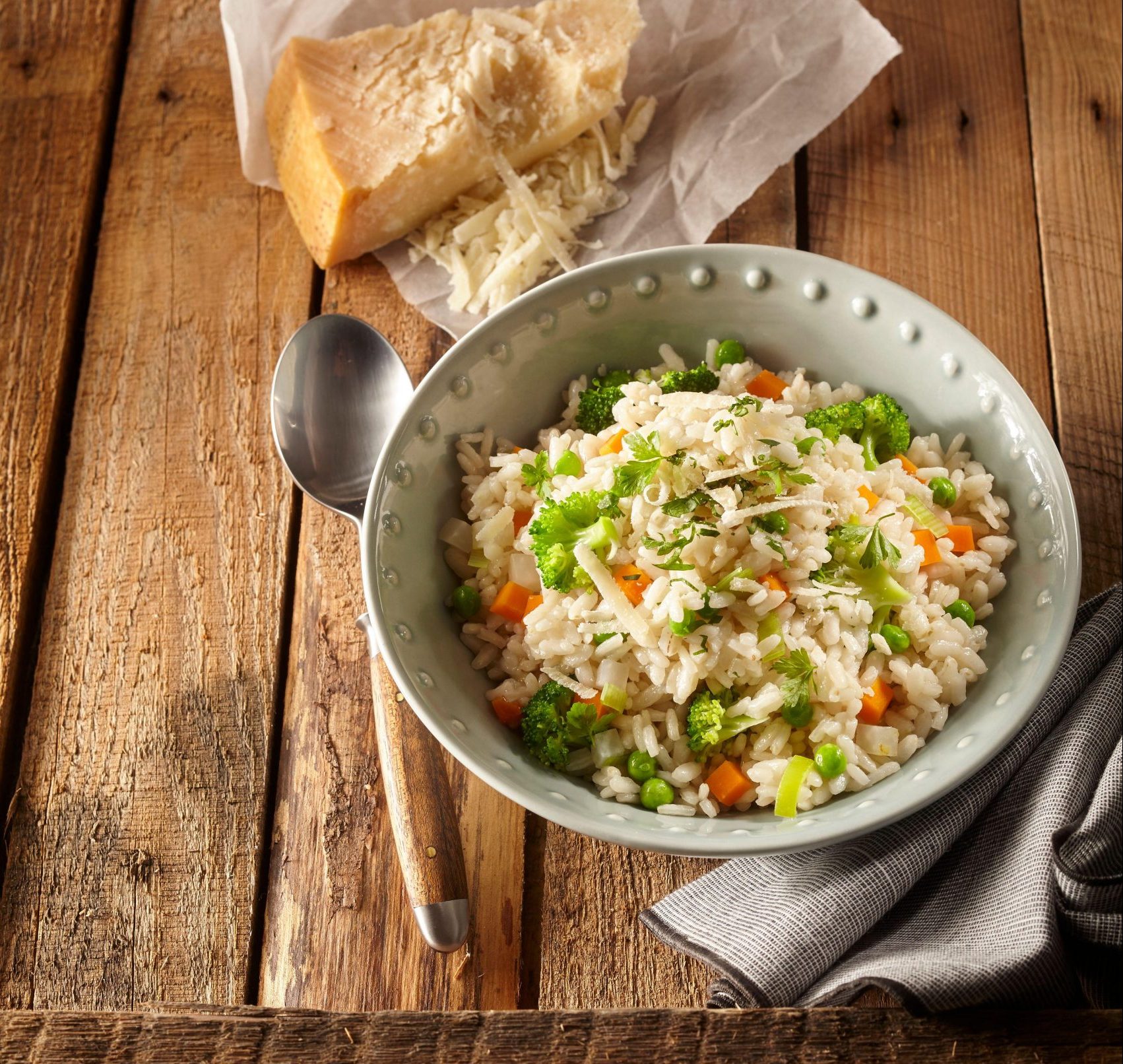
How to eat seasonally in May, from Jersey Royals to langoustine, by Tom Parker Bowles
Tom Parker Bowles — recently shortlisted for the PPA Food Writer of the Year award for his Country Life columns — shares
Tom Parker Bowles is food writer, critic and regular contributor to Country Life.
-
 The King's favourite tea, conclave and spring flowers: Country Life Quiz of the Day, April 22, 2025
The King's favourite tea, conclave and spring flowers: Country Life Quiz of the Day, April 22, 2025Tuesday's Quiz of the Day blows smoke, tells the time and more.
By Toby Keel
-
 London is the place for me* (*the discerning property buyer)
London is the place for me* (*the discerning property buyer)With more buyers looking at London than anywhere else, is the 'race for space' finally over?
By Annabel Dixon